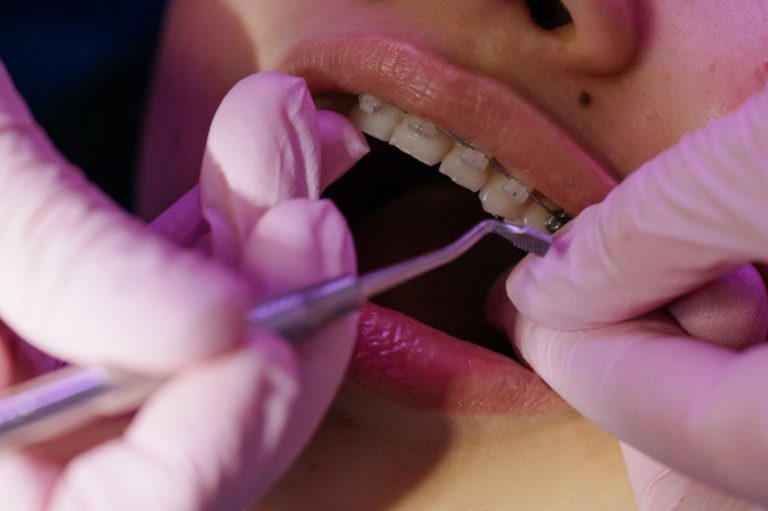Clear Braces Direct in London are becoming increasingly common; some dental teams say that they will largely replace metal braces soon (except in the most severe cases). Orthodontic braces will soon be a rare sight, but with clear aligners being translucent, it’s unlikely you’ll be seeing many of them around either!
There are some big advantages to aligners over braces; they are more convenient and more comfortable, with the smaller more regular adjustments compared to the larger adjustments made with traditional braces. The ability to take them out to eat is amazing too – no longer do you have to avoid toffee, popcorn or toffee-popcorn! Simply taking them out to eat and drink and brushing them before replacing is a big improvement over the tedious cleaning rituals required after eating any food with a metal brace.
With great convenience comes great temptations
Once a brace is fitted, removing it yourself would not be an easy feat. You are going to wear them until the conclusion of the treatment one way or another. This just not so with clear aligners, and as big of a convenience it is not to have to wear your aligners when eating, it can be a slippery slope. Taking 5-minute breaks throughout the day or forgetting to replace them and thus missing out on a half-day of treatment. It might not sound like much but these setbacks add up. It’s not even the case that an hour’s break extends the treatment by an hour, as when you are not using your aligners your teeth will attempt to move back to their starting position. Too long of a gap could put you back to a previous aligner in your treatment sequence or even force a full re-starting of the treatment.

Target time
Clear aligners are effective in clinical trials but only if they are consistently worn for 22 hours at least every day, only briefly removing them to eat. If you know you would have an issue maintaining that type of discipline, or if a patient in need of orthodontic treatment has special needs and may not be compliant or able to do this, a metal brace may actually be a more effective treatment.
Another aspect of using clear aligners (which requires active participation) is deciding when is the right time to move on to the next aligner in the sequence. When you first start aligners, there is a ‘tightness’ or sensation of pressure on the teeth from the aligners, which will be there for the next few weeks. This sensation will fade as your teeth move to their new positions and the aligner ceases to push on them; this is when you should move on to the next aligner. Your dentist can help you if you’re unsure but at the end of the day, you will decide to move on to the next aligner.
Maintaining your progress
In some cases, the risk of reversion continues after the end of the treatment. If so, your dentist will offer you a retainer and you should take it! To avoid putting in the hard work for it all to unravel, a retainer will hold your teeth in place until they establish themselves and the risk of reversion passes.
In some cases, the risk of reversion continues after the end of the treatment. If so, your dentist will offer you a retainer and you should take it! To avoid putting in the hard work for it all to unravel, a retainer will hold your teeth in place until they establish themselves and the risk of reversion passes.

